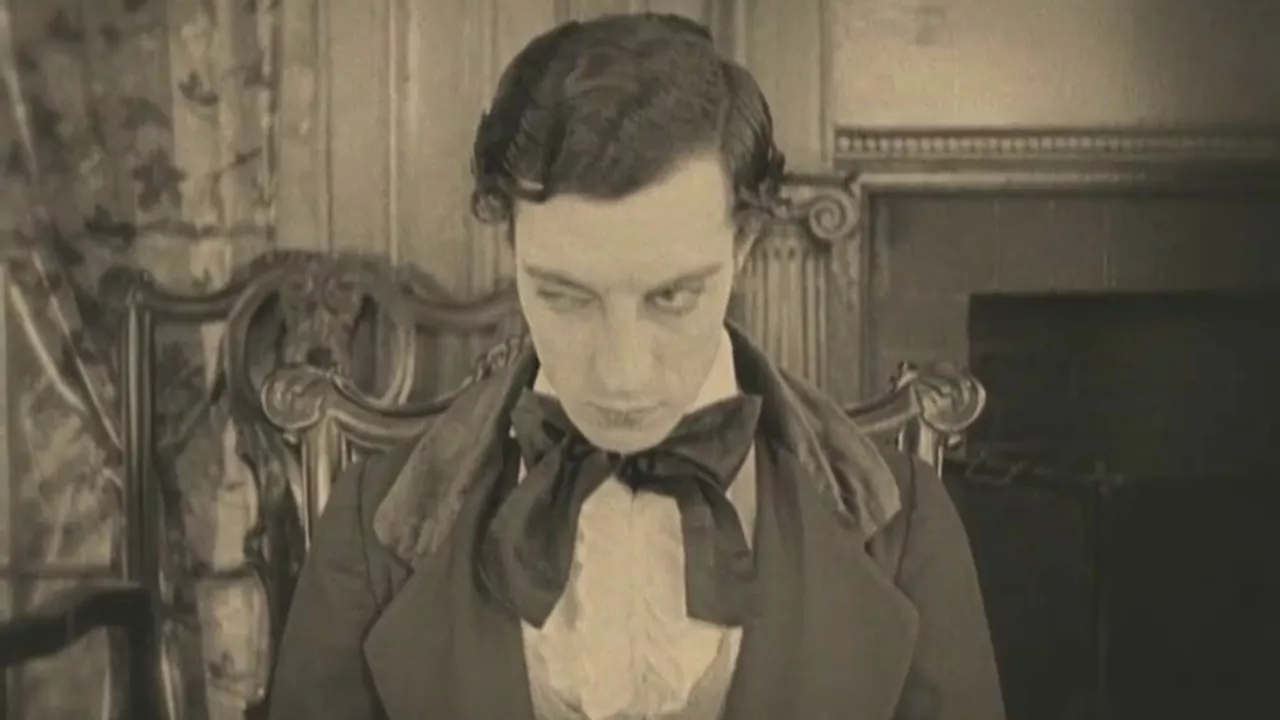Charlie Chaplin: The Silent Movie Legend Who Still Makes Us Laugh
When you think of silent movies, one name instantly pops up – Charlie Chaplin. The guy with the bowler hat, mustache and cane turned simple sketches into timeless art. Even without a single spoken line, he could make you burst out laughing, cry, or think about society’s quirks.
Chaplin didn’t just act; he wrote, directed, and produced his own films. That gave him total control over the jokes, the scenes, and the message. It’s why his movies feel personal, like a friend sharing a story over coffee.
The Birth of The Tramp
The Tramp is probably the most famous character ever created on screen. A poor guy with a big heart, a wobbly walk, and a knack for getting into trouble. Chaplin first wore the shabby suit in 1914, and from then on audiences fell in love. The Tramp’s mix of slap‑slap comedy and gentle sadness made people see the world differently – you could laugh at a mishap and still feel the character’s pain.Films like “The Kid” (1921) and “City Lights” (1931) show The Tramp juggling jobs, love, and social issues. In “City Lights,” a blind flower seller’s sweet line – “For you, I’d do anything” – still tugs at hearts. The magic? Chaplin used simple props, exaggerated gestures, and perfect timing to say a whole story without words.
Chaplin’s Influence on Modern Film
Fast‑forward to today, and you’ll hear filmmakers name Chaplin as a major influence. The way he blended comedy with real‑world problems can be seen in modern directors like Wes Anderson or Edgar Wright. Even superhero movies borrow his timing: a quick visual gag followed by an emotional beat.
His mastery of visual storytelling also shaped how we use camera angles and editing. The famous “shoe‑splitting” scene in “The Gold Rush” taught editors how to build tension then release it with a laugh. That rhythm is now a staple in comedy sketches and viral videos alike.
Beyond technique, Chaplin’s stand on politics left a mark. “The Great Dictator” (1940) was a bold satire of Hitler made before the US entered WWII. It showed that comedy could be a weapon against tyranny, a lesson still relevant when creators tackle hot topics today.
If you’re curious about his craft, start with a few key films: “Modern Times” (1936) for his take on industrialization, “The Circus” (1928) for pure physical comedy, and “Limelight” (1952) for a deeper, more personal side.
Watching Chaplin isn’t just about nostalgia; it’s a masterclass in how to make audiences feel something with nothing but a face, a hat, and a lot of heart. So next time you need a quick pick‑me‑up, hit play on a Chaplin classic – you’ll be surprised how fresh it feels, even after a hundred years.

